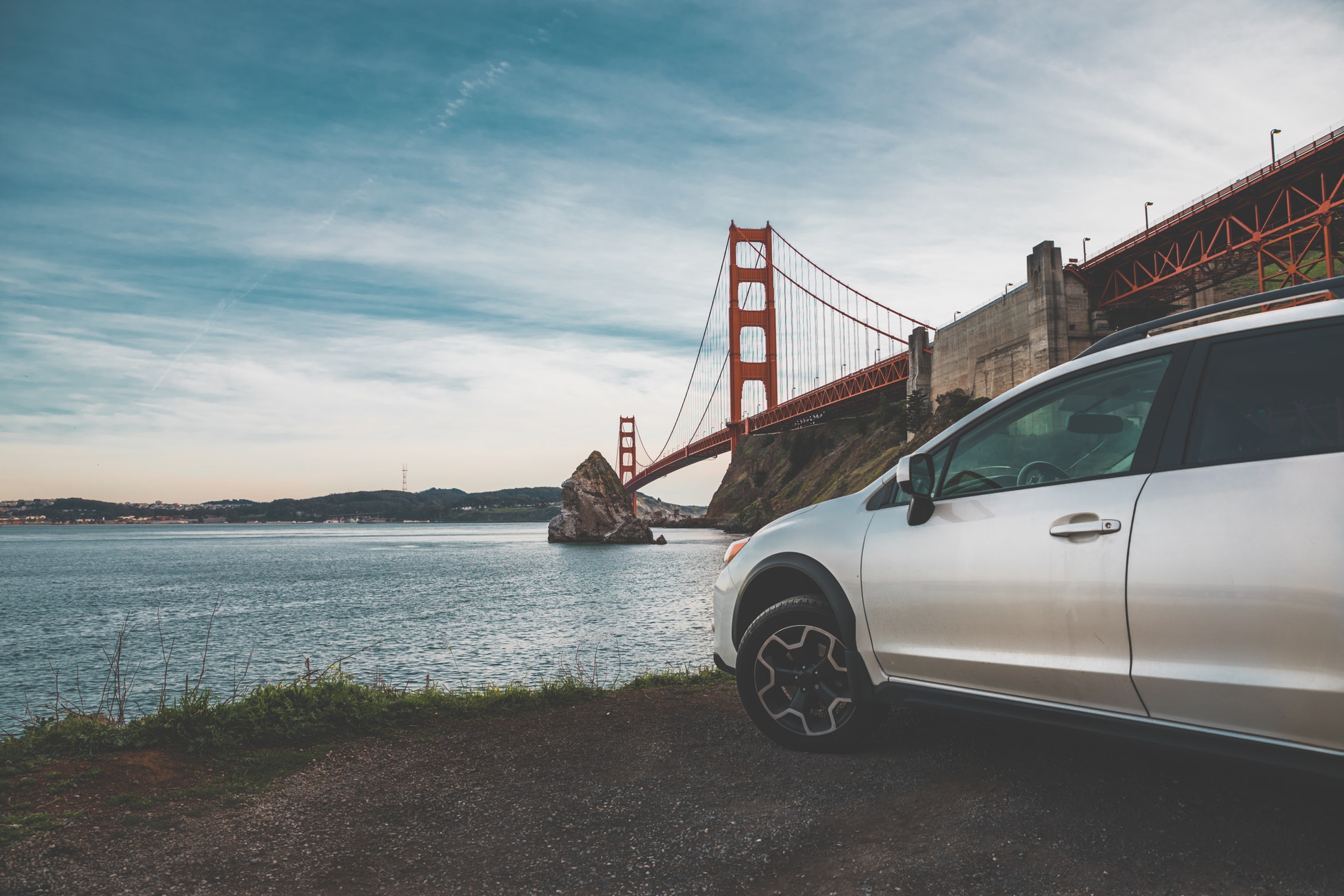Learner’s Permit

/ 5 Stars read 3 min
Getting a learner’s permit is usually the critical first step in becoming a legal driver on the road. For first-time drivers, most states require that you first obtain a learner’s permit before applying for a driver’s license. However, the age at which you can legally obtain a learning permit and the length of time you must use the right varies from state to state.
Where to Get a Learner’s Permit?
A learner’s permit is issued at the state level, allowing you to acquire one at your nearest DMV. This permit enables you to learn and drive under certain restrictions, facilitating your journey toward obtaining a driver’s license. Below is a list of all DMV sorted by state.
How to Get a Learner Permit?
Learner’s permits are an excellent way for new drivers to get used to driving on public roads while still under certain restrictions. In most cases, a learner’s permit is required if you are of legal age to go but are still under 18 or 21.
Is a Learner’s Permit a Valid ID?
A learner’s permit is a valid form of identification in most states in the United States. In some states such as New York, it is considered a valid driver’s license.
Additionally, you may have access to different types of learner’s permits, including a standard license, driver education learner’s permit, and driver awareness permit. Before applying for a learner’s permit, you must meet the age requirements outlined by your state laws. Additionally, you will also need to provide:
- A completed application
- Proof of identity (military ID, birth certificate)
- Proof of lawful presence in the US (birth certificate, US passport)
- Social Security number
- Proof of residency (if under 18, a bank statement or utility bill with your parent’s information may be used)
- Any fees due
You will also be required to pass a written skills test and vision test before obtaining your learner’s permit. If you are worried about passing your test on the first try, many online tools, including practice tests, are available to help you get it right on the first try.
Additional Requirements
- Once you pass your permit test, you will be required to drive with a licensed adult present and log a certain number of practice hours before you can apply for your driver’s license.
- Certain states may ask for a specific amount of night-time practice hours to be logged.
- You may also be required to hold a learner’s permit for a specified amount of time before you can apply for a driver’s license.
Tips for Getting a Learner’s Permit
To provide some guidance on getting a learner’s permit — here are several tips to help with the process (and ease your nerves about the testing):
- Research the requirements: Check your state’s DMV website for the specific requirements to obtain a learner’s permit. Typically, you’ll need to be a certain age and provide specific documentation, such as proof of identity and residency.
- Study the driver’s manual: The driver’s manual contains all the information you need to pass the written exam. Study it thoroughly to familiarize yourself with traffic laws, signs, and safety rules.
- Take practice tests: Online practice tests can help you get comfortable with the format of the written exam and test your knowledge of the material.
- Schedule your exam: Make an appointment with your local DMV to take the written exam. Some states also require a vision test or a driving test, so be sure to check the requirements.
- Practice driving: Once you have your learner’s permit, practice driving with a licensed driver in the car with you. Get as much experience as you can before taking the driving test.
- Take a driver’s education course: Some states require a driver’s education course before issuing a learner’s permit. Even if it’s not required, taking a course can help you become a safer and more confident driver.
- Be prepared for the driving test: The driving test will assess your ability to operate a vehicle safely and follow traffic laws. Practice driving in different conditions and scenarios to be fully prepared for the test.
With these in mind + a bit of driving practice you should have no problem getting your learner’s permit!



